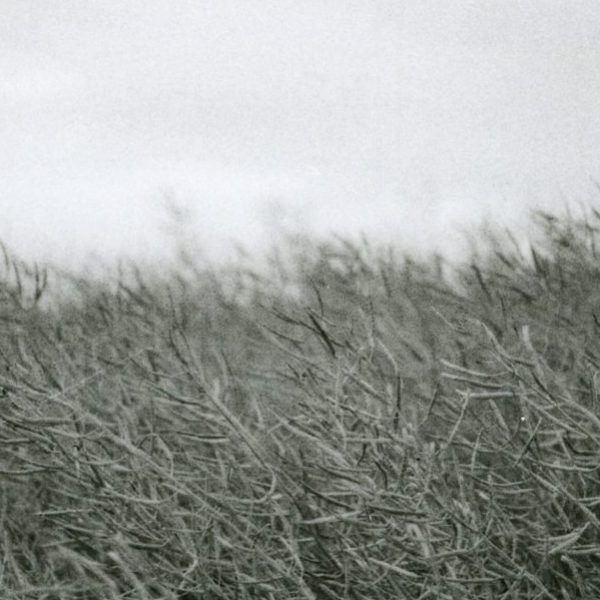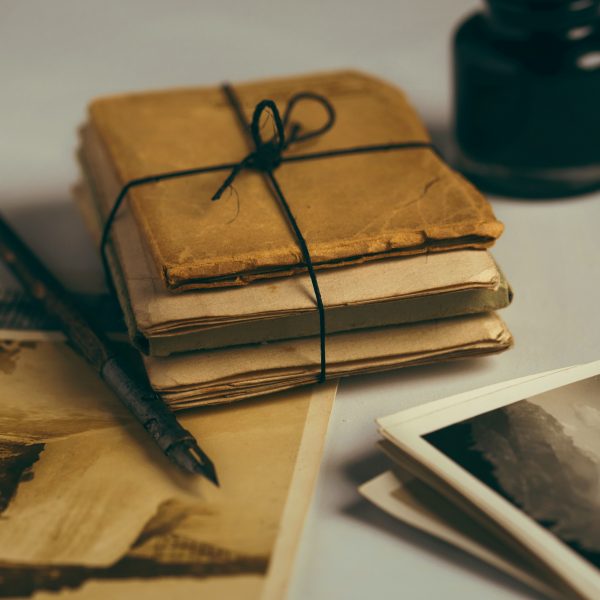Lost Without Translation: Yves Bonnefoy in Conversation with Hoyt Rogers
It’s snowing.
Under the flakes, a door opens at last
On the garden beyond the world.
I set out. But my scarf
Snags on a rusty nail,
And the cloth of my dreams is torn.
“The Garden,” by Yves Bonnefoy; translated from the French by Hoyt Rogers
 In Second Simplicity: New Poetry and Prose, 1991-2011, acclaimed translator Hoyt Rogers offers a selection from the past twenty years of writing by Yves Bonnefoy, who at the age of 88 is often hailed as the greatest living French poet. The title, which Rogers borrowed from an earlier Bonnefoy work, refers to the distilled style of these works of poetry and prose: as Bonnefoy explains, the word “second,” alludes to a “second thought” that is characterized by greater depth and clarity.
In Second Simplicity: New Poetry and Prose, 1991-2011, acclaimed translator Hoyt Rogers offers a selection from the past twenty years of writing by Yves Bonnefoy, who at the age of 88 is often hailed as the greatest living French poet. The title, which Rogers borrowed from an earlier Bonnefoy work, refers to the distilled style of these works of poetry and prose: as Bonnefoy explains, the word “second,” alludes to a “second thought” that is characterized by greater depth and clarity.
In an illuminating conversation between the poet and translator available on the new Margellos World Republic of Letters site, Rogers and Bonnefoy describe this notion of a “second simplicity” as one very much inspired by the worlds the poet inhabits. Rogers writes in a piece for the Poetry Society of America that the time Bonnefoy spent in New England facilitated a shift towards “a pared-down aesthetic”; the poet himself remarks that he sees the same process of refining at work in certain examples of Baroque church architecture, which sought to leave excess ornamentation behind in the hope of reclaiming the “primal intuition” behind their structures. Indeed, this idea of space informing poetic style appears explicitly in a phrase from the prose poem “Remarks on the Horizon,” in which Bonnefoy writes of, “The blue of distance also in our words, like the meaning dreamed in what was said.”

Hoyt Rogers, left; Yves Bonnefoy, right
Bonnefoy is an accomplished translator himself, well known for his French editions of Shakespeare, Keats, and Yeats, so he and Rogers have much to say on the topic of transferring works from one language to another. Rather than relying on literal meanings, both men try to recreate the original impulse of the poem in their translations. Thus, Rogers explains, those subtleties that are inevitably “lost in translation” are replaced by new complexities authentic to the sense of the original work. In Second Simplicity, Rogers’ English translations capture these new, authentic complexities—and, running side-by-side with Bonnefoy’s original French, they give the reader an opportunity to observe both a master poet and a master translator at work.
Read the Author/Translator conversation on the WRL site and sign up to get more updates about the series!
 “The Garden” excerpted from Second Simplicity: New Poetry and Prose, 1991-2011 Copyright © 2011 by Yale University.
“The Garden” excerpted from Second Simplicity: New Poetry and Prose, 1991-2011 Copyright © 2011 by Yale University.




“Le son est une matière, comme toutes les matières il a ses sculpteurs” dit Yves Jaigu.
Et le texte écrit ? même chose je crois.
Belle citation d’Yves Bonnefoy : “La poésie ne peut plus se permettre d’être naïve, il faut qu’elle se protège de l’envahissement du conceptuel par une conscience de soi on ne peut plus avertie, et pour ce faire il lui faut revisiter et analyser sa propre histoire, il lui faut donc du savoir, de la philologie, seuls moyens de ne pas se retrouver à glisser à la surface des œuvres qui nous importent.”
Oui difficile pour la poésie d’être à l’abri de ce glissement, difficile d’avoir cette conscience de soi on ne peut plus avertie :
Citation de Louis Latourre : “Qui forment le poème, – ce sont bien moins les mots, qu’une mise en harmonie (dissonances incluses) des signes qui les portent ; qu’une mise en résonance des sons qui les composent. Qu’une redistribution (on espère inspirée), de graphèmes et de phonèmes choisis pour leurs aspérités, leurs appuis ou leurs points d’ancrage possibles. Par quoi le corps-à-corps littéraire et physique concrètement se vive ; et crée le relief – dynamique, rythmique, visuel et sonore – de tout le texte écrit.
‘Le corps lieu et salut du discours’ (Yves Bonnefoy).
S’échappant de la feuille, sortant de l’écran plat, ce matériau graphique, cette matière pré-verbale consciemment exploitée, d’un discours puisé aux sources de son image et de son bruit, peuvent donner à quelque poésie de nouvelles façons et de nouvelles raisons d’être (celles d’être, notamment, autrement proférée).
Concentration ouverte… Effort de résistance à l’attraction verbale, à ses automatismes, forgé aux profondeurs cachées de tout langage… « Contraction excentrique » – telle des muscles profonds qui bien que peu visibles, compensent constamment l’attraction terrestre et assurent la prestance, la stature déliée, mobile, et le bel extérieur. Par rééquilibrage intello-sensoriel, une poésie s’empêche de tomber dans les mots.
Voilà remises en cause les normes lexicales, les routines syntaxiques… Et secoués les rites inconscients du discours intérieur constamment proféré et subi.
Ce cri, ces contorsions de l’être ébloui d’être…
Ce couloir vers le jour – dont certains choisissent de tailler la forme et la matière, – ne leur en voulons pas, ne leur disputons pas le corps de l’entreprise. Il se peut qu’ils en fassent une chambre d’écho, un lieu de résonance ou dissonance heureuse… Le bénéfice du doute serait… poésie.”
http://www.youtube.com/watch?v=DxCMi2pM6SQ